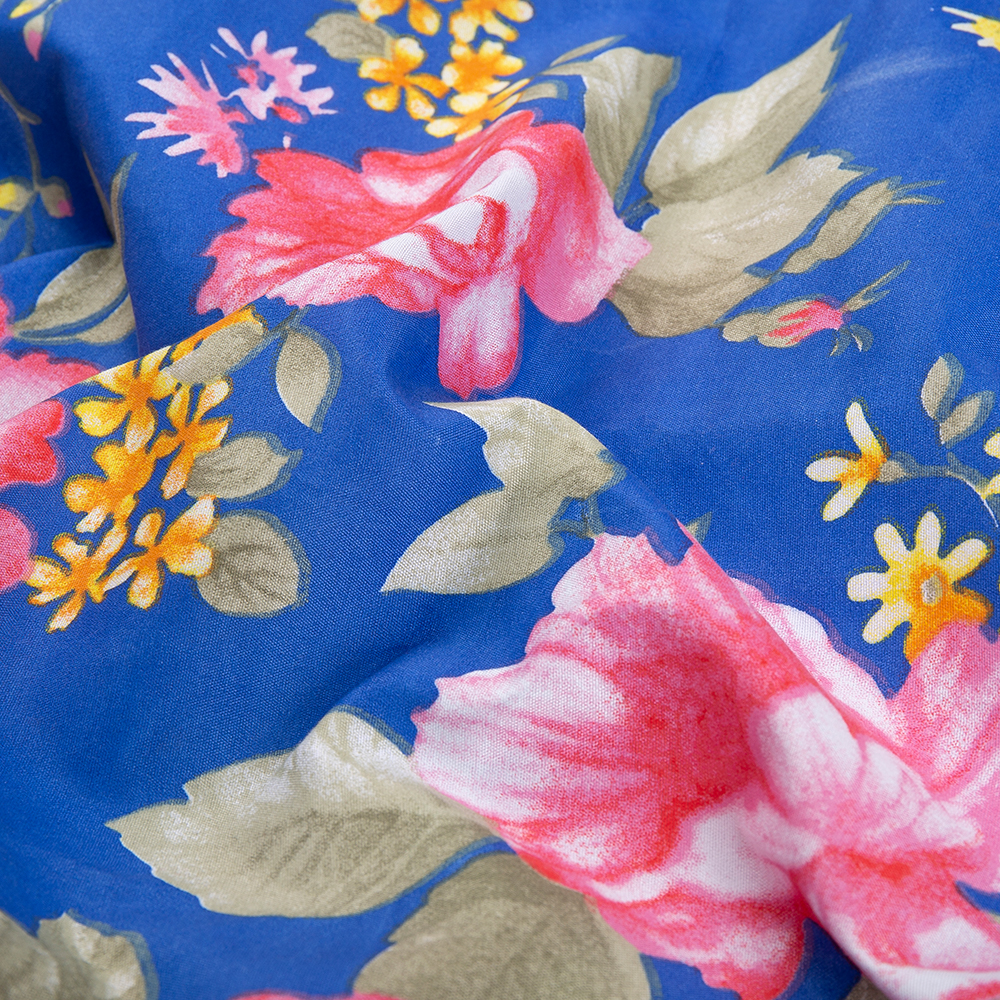
When it comes to creating a cozy and inviting bedroom, the choice of bedding fabric plays a pivotal role. Beyond its functional purpose of providing warmth and comfort, bedding fabric also contributes significantly to the aesthetic appeal and overall ambiance of your sleeping space. From soft cotton to luxurious silk, the variety of fabrics available today offers endless possibilities for personalizing your bed while ensuring a restful night’s sleep.
Why Bedding Fabric Matters
The fabric you choose for your bedding directly impacts not only how your bed looks but also how it feels against your skin. High-quality bedding fabric can regulate temperature, wick away moisture, and provide a soothing tactile experience that enhances relaxation. Additionally, the visual texture and color of the fabric influence the mood of your bedroom, making it essential to select materials that align with both your comfort needs and design preferences.
Popular Types of Bedding Fabrics
Cotton
Cotton is one of the most widely used bedding fabrics due to its breathability, softness, and durability. It is particularly popular for sheets and pillowcases because it allows air circulation, keeping you cool during summer and warm in winter. Varieties like Egyptian cotton and Pima cotton are prized for their extra-long fibers, which result in smoother, more luxurious textures.
Linen
Linen is another natural fiber known for its exceptional breathability and rustic charm. While slightly coarser than cotton, linen becomes softer with each wash and has excellent moisture-wicking properties. Its natural wrinkles give it a relaxed, effortless look, making it ideal for casual or bohemian-style bedrooms.

Silk
For those seeking opulence, silk bedding is unmatched in elegance and luxury. Silk is hypoallergenic, gentle on the skin, and helps regulate body temperature by keeping you cool in summer and warm in winter. It is also beneficial for hair and skin health, as it reduces friction and prevents moisture loss.
Polyester
Polyester is a synthetic option valued for its affordability and wrinkle-resistant properties. While not as breathable as natural fibers, modern advancements have improved its texture and performance. Blends of polyester with cotton or other materials offer a balance of comfort and cost-effectiveness.
Flannel
Perfect for colder climates, flannel bedding provides superior insulation thanks to its brushed surface, which traps heat effectively. Made from wool, cotton, or synthetic blends, flannel is soft, warm, and perfect for snuggling up during chilly nights.
Bamboo
Bamboo fabric has gained popularity in recent years due to its eco-friendly origins and impressive qualities. It is naturally antibacterial, hypoallergenic, and highly breathable, making it an excellent choice for sensitive skin. Its silky-smooth texture rivals that of high-end cotton or silk.
Microfiber
Microfiber, made from ultra-fine synthetic fibers, is celebrated for its affordability, durability, and resistance to stains and allergens. While it may lack the natural feel of organic fabrics, it remains a practical option for budget-conscious buyers.
Factors to Consider When Choosing Bedding Fabric
Selecting the right bedding fabric involves considering several factors:
Seasonality : Lightweight fabrics like cotton and bamboo are ideal for warmer months, while heavier options such as flannel and fleece are better suited for winter.
Comfort : Prioritize fabrics that feel pleasant against your skin and suit your personal preferences for softness and texture.
Maintenance : Some fabrics require special care, such as dry cleaning for silk or frequent washing for microfiber. Choose based on your willingness to invest time in upkeep.
Budget : Natural fibers like silk and Egyptian cotton tend to be more expensive, while synthetics like polyester and microfiber are budget-friendly alternatives.
Aesthetics : The weave, pattern, and color of the fabric should complement your bedroom decor and reflect your style.
The Impact of Bedding Fabric on Sleep Quality
High-quality bedding fabric does more than enhance your bedroom's appearance—it can significantly improve your sleep quality. Breathable fabrics help regulate body temperature, reducing the likelihood of overheating or feeling too cold. Soft, non-irritating materials prevent discomfort and irritation, allowing you to relax fully. Hypoallergenic options like bamboo and silk minimize exposure to dust mites and allergens, promoting healthier sleep for individuals with sensitivities.
Trends in Bedding Fabric Design
As interior design trends evolve, so do innovations in bedding fabric. Recent trends include:
Sustainable Fabrics : Eco-conscious consumers are gravitating toward organic cotton, bamboo, and recycled polyester.
Textured Finishes : Ruffles, embroidery, and jacquard weaves add depth and visual interest to bedding sets.
Bold Colors and Vibrant hues and intricate designs are replacing neutral tones, reflecting a shift toward expressive interiors.
Performance Fabrics : Advances in technology have led to smart fabrics that repel stains, resist odors, and adapt to changing temperatures.
Choosing the right bedding fabric is about finding the perfect harmony between comfort, functionality, and style. Whether you prefer the timeless appeal of cotton, the indulgence of silk, or the practicality of microfiber, there is a fabric out there to meet your unique needs. By understanding the characteristics and benefits of different materials, you can create a bedroom sanctuary that not only looks beautiful but also supports restorative sleep. After all, your bed is more than just furniture—it’s where dreams begin, and the journey starts with the right fabric.